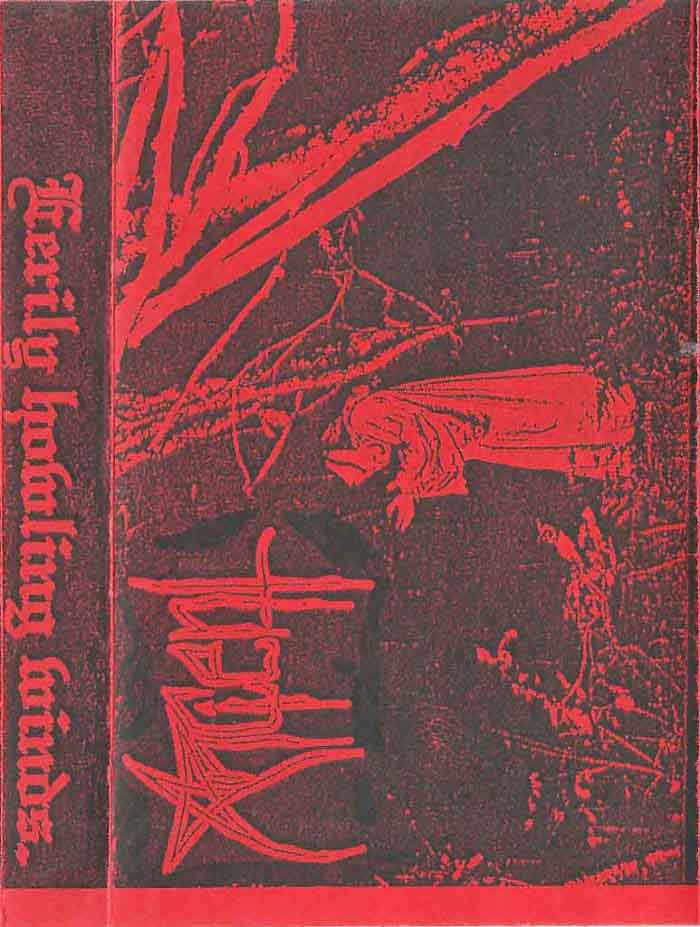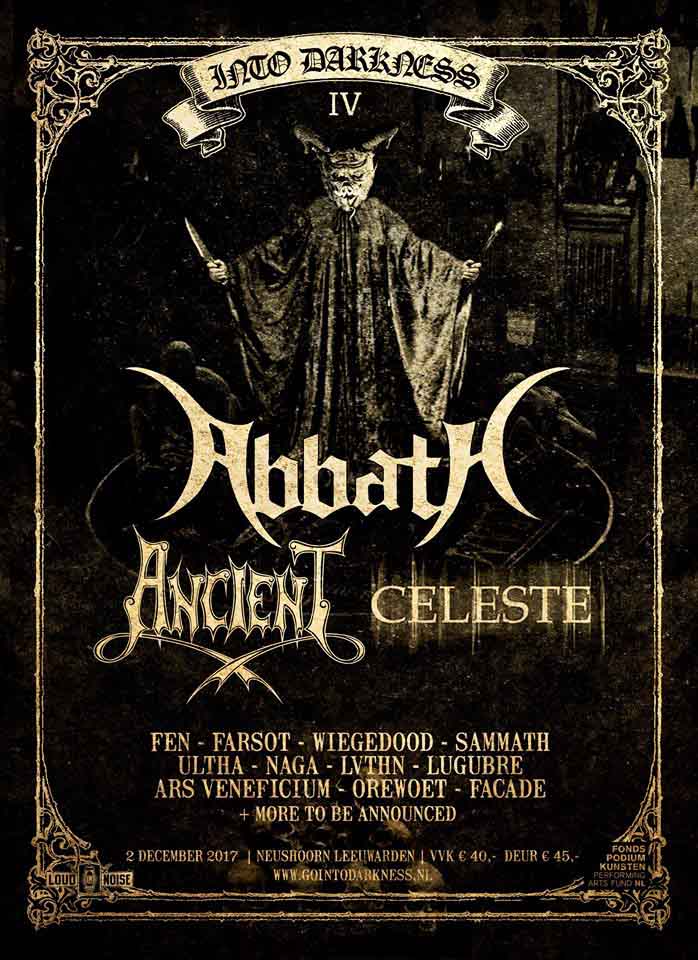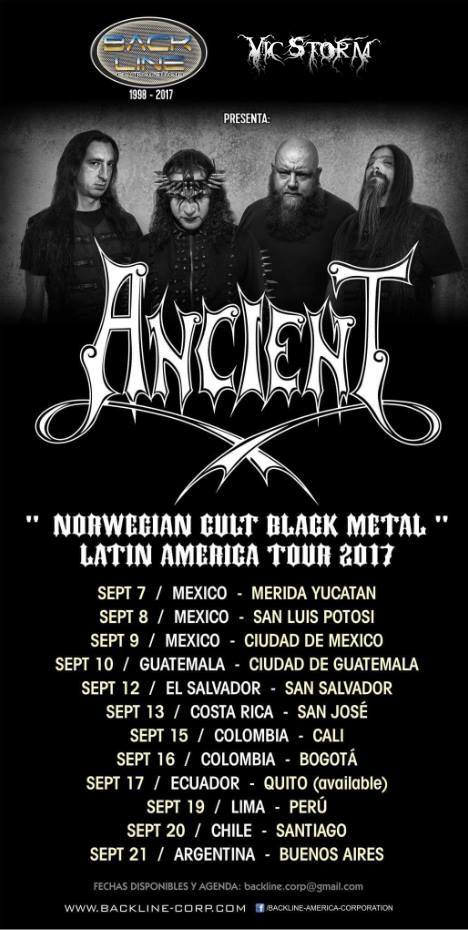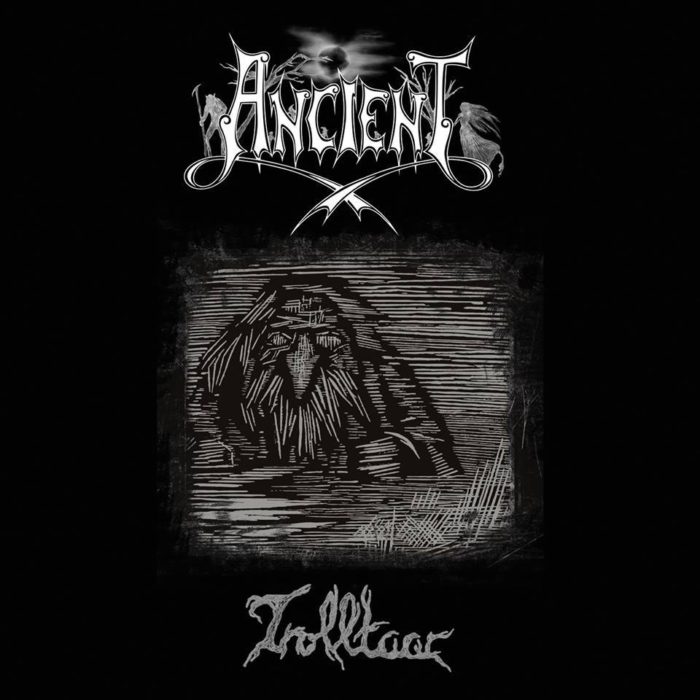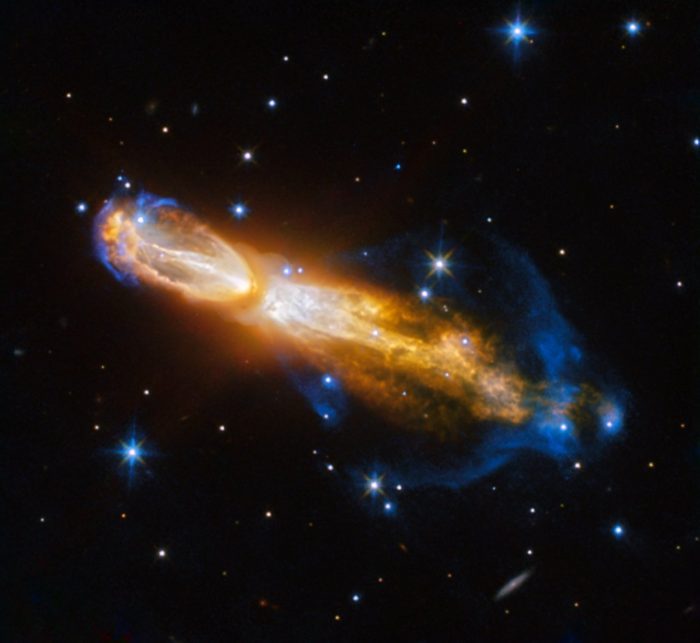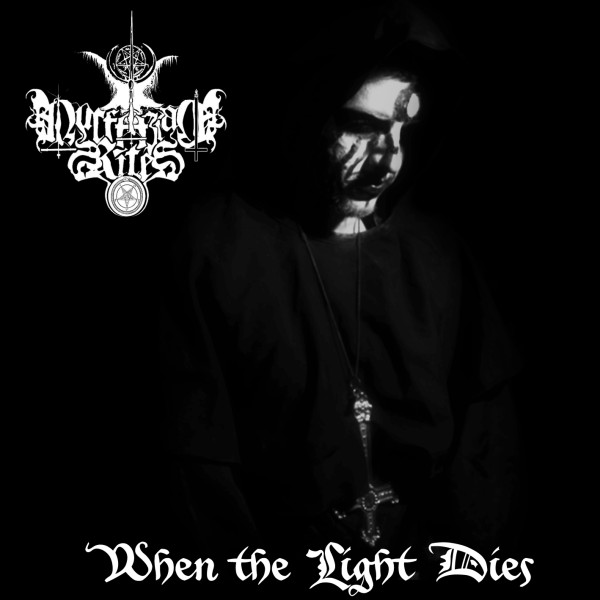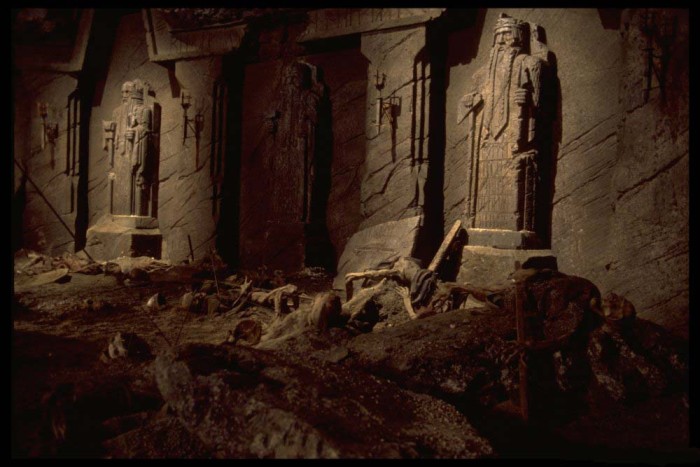
Article by David Rosales
It is no secret that we believe that the best of metal has come out mostly of what we now call ‘the underground’, a tradition that has been characterized by standing outside of the wheel of commercial production in the arts. The moment a band signs a contract, lands big deals and makes a break through while effectively becoming shackled to the money-making industry, it has sold out. This is because as a commercially-oriented product, its main purpose is to be able to sell, it has to pander to the preferences of a certain audience, however whimsical they are.
It is true that music must retain a natural connection to man and its true test is how different people receive it. But this is not the same as the populist idea that the best music is that which appeals to the largest number of people, which is nothing more than a dumbing down to the least common denominator. The authentic underground stands between independence from commercial pandering and the need to communicate naturally through organized sound itself (Editor’s note: At the best of times, it furthermore isn’t simply content to dwell on its alleged authenticity; cue the endless mockery of albums that are too “kvlt” to be any good).
The following are short underground metal works released throughout the nineties. These represent specific moments and sides of metal that were, at that particular moment, true to their roots and the spirit of metal. They stand out in each particular moment as either outstanding examples in a times of superficial distraction, decadence or a complete lack of direction across the underground metal movement.
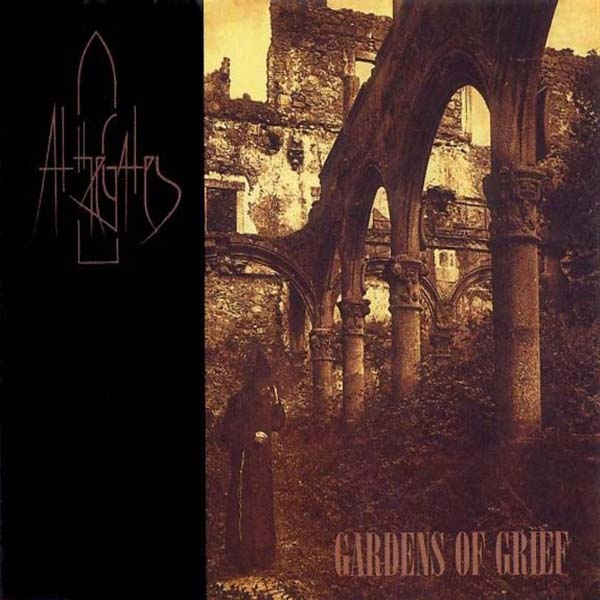
1. At the Gates – Gardens of Grief (1991)
A favorite underground EP of many for the wrong reasons, this first official release by At the Gates stands squarely on the pillars of traditional old school death metal while innovating a unique approach to songwriting which built a whole platform on top of its basis, elevating the progressive art of death metal to a whole other level of refinement.
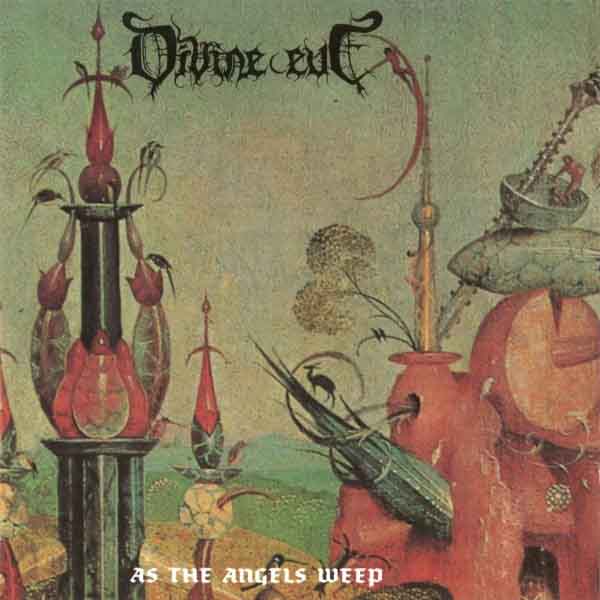
2. Divine Eve – As The Angels Weep (1993)
This single nostalgic (inherently, not in retrospect only) release from back in the day by this Texan outfit brought together gestures from early Celtic Frost and Cathedral within a Scandinavian death metal frame, succeeding in climaxing in its own voice during certain moments in between.
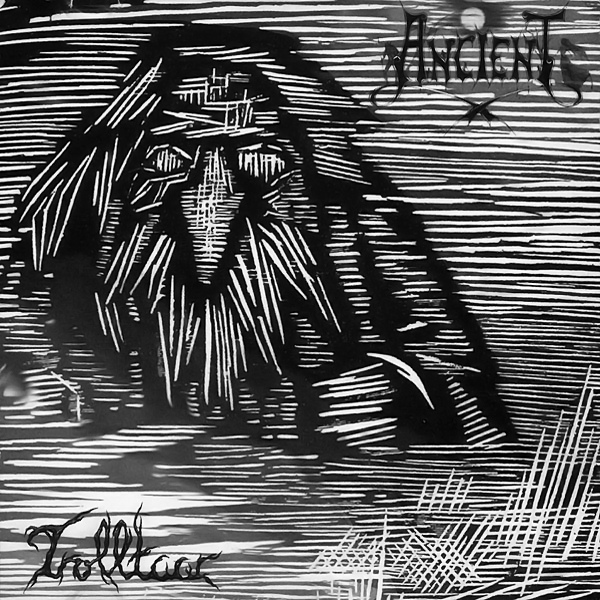
3. Ancient – Trolltaar (1995)
A condensation and evolution of their soul-enchanting debut, this EP shows Ancient at its darkest and most minimalist state, while displaying its most potent emotional impact that reaches out as an invisible hand to clutch at the listener’s heart (Note: Infamous’ Of Solitude and Silence seems to echo the feeling of this ancient-souled EP).
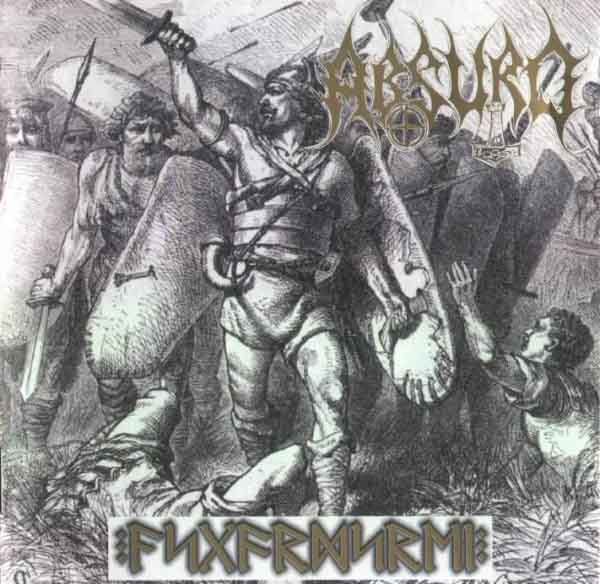
4. Absurd – Asgardsrei (1999)
Crude and rhythmic, a simple and punk-like punch to the face in the time of metal emptiness, superficiality and posturing, Absurd’s roughness disguises the poetry of the tribesman’s spirit, the man following his instincts untouched by modernist presumptions of what reading of history and human nature better fits their interests.
3 CommentsTags: absurd, Ancient, At the Gates, death metal, divine eve, playlist, underground metal
